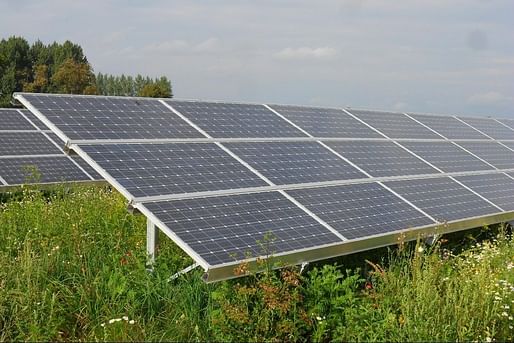

Their cell generated a current stronger than any previously recorded from such a device, and worked as efficiently in dim light as in bright light.
This innovation could be a step toward wider adoption of solar power in places like British Columbia and parts of northern Europe where overcast skies are common. With further development, these solar cells—called “biogenic” because they are made of living organisms—could become as efficient as the synthetic cells used in conventional solar panels.
— University of British Columbia
While this isn't the first effort to build biogenic, bacteria-powered solar cells, scientists at the University of British Columbia claim to have discovered a novel, highly cost-effective, and much more sustainable way to use the photosynthesis capabilities of certain bacteria to convert light (even dim light) to energy.
"They genetically engineered E. coli to produce large amounts of lycopene—a dye that gives tomatoes their red-orange colour and is particularly effective at harvesting light for conversion to energy," explains the UBC announcement. "The researchers coated the bacteria with a mineral that could act as a semiconductor, and applied the mixture to a glass surface. With the coated glass acting as an anode at one end of their cell, they generated a current density of 0.686 milliamps per square centimetre—an improvement on the 0.362 achieved by others in the field."
More research is needed to turn this newly discovered method into market-ready biogenic solar panels.
No Comments
Block this user
Are you sure you want to block this user and hide all related comments throughout the site?
Archinect
This is your first comment on Archinect. Your comment will be visible once approved.